The Importance of Site Speed for SEO and User Experience
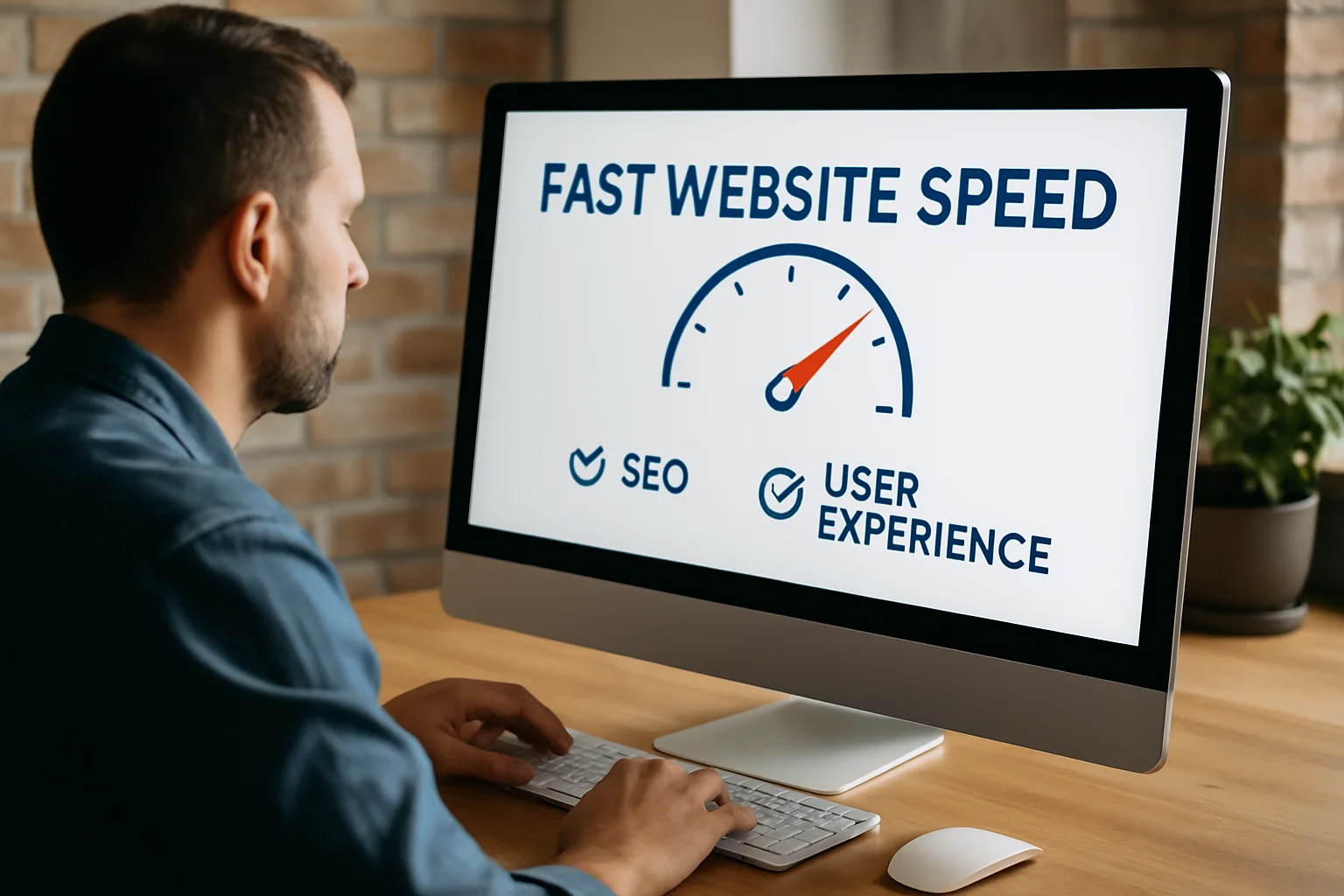
The Link Between Site Speed and SEO Rankings
Website speed is a critical factor in how search engines evaluate your site. Faster-loading pages are more likely to be crawled efficiently by search engine bots, which can improve indexation and overall visibility. Google explicitly includes page speed as a ranking signal in its algorithms, particularly for mobile searches.
When a page takes too long to load, search engines may interpret it as a lower-quality experience for users, which can indirectly affect rankings. Even if your content is excellent, slow performance can reduce your chances of ranking on the first page of search results.
Core Web Vitals metrics, such as Largest Contentful Paint (LCP), First Input Delay (FID), and Cumulative Layout Shift (CLS), provide measurable ways to assess your site's speed and stability. Optimizing these metrics is directly linked to improved SEO performance because Google rewards pages that offer a fast and stable experience.
Moreover, faster sites often have lower bounce rates and higher engagement metrics. Search engines analyze user behavior, and signals like time on page and pages per session can indirectly influence search rankings. A slow website can reduce these positive engagement signals, negatively impacting SEO over time.
Finally, page speed is increasingly crucial for mobile-first indexing. Since Google primarily uses the mobile version of your site for ranking and indexing, a slow mobile experience can significantly hinder your search visibility. Optimizing images, leveraging browser caching, and reducing server response times are all practical strategies to enhance speed and support better SEO outcomes.
How Google Measures Page Speed (Core Web Vitals Explained)
Google evaluates page speed using a combination of metrics known as Core Web Vitals. These metrics are designed to measure how users experience your site in terms of loading performance, interactivity, and visual stability. Understanding and optimizing these metrics is essential for improving search visibility and user satisfaction.
The first key metric is Largest Contentful Paint (LCP), which measures how long it takes for the main content of a page to become visible to users. A fast LCP, typically under 2.5 seconds, ensures that visitors can access important information quickly. Slow LCP can signal a poor user experience and may impact SEO rankings.
The second metric, First Input Delay (FID), assesses interactivity by measuring the time between a user's first interaction (like clicking a button or link) and the browser's response. A low FID, under 100 milliseconds, is crucial for keeping users engaged and preventing frustration. Pages with high FID often feel unresponsive, which can indirectly affect search engine evaluation.
The third metric, Cumulative Layout Shift (CLS), focuses on visual stability. It measures unexpected shifts of page elements while the page is loading. A low CLS score indicates that content remains stable, preventing users from accidentally clicking the wrong elements. High CLS not only frustrates users but can also signal a poorly optimized site to search engines.
In addition to Core Web Vitals, Google also considers other speed-related factors such as server response times, resource load prioritization, and efficient use of caching. Tools like PageSpeed Insights and Google Search Console provide actionable insights on these metrics, allowing site owners to pinpoint performance bottlenecks and make data-driven improvements.
By monitoring and optimizing Core Web Vitals, you ensure that your website delivers a fast, responsive, and stable experience. This approach aligns with Google's goal of prioritizing pages that meet user expectations, ultimately supporting better SEO performance and higher user satisfaction.
Site Speed and Its Impact on User Experience
Website speed plays a crucial role in shaping the overall user experience. Visitors today expect pages to load almost instantly, and even slight delays can lead to frustration and abandonment. Studies consistently show that users are far more likely to leave a site if a page takes more than a few seconds to load, which makes speed a key factor in retention.
A fast website enhances navigation flow. When pages load quickly, users can move seamlessly between different sections, access information without interruptions, and complete actions such as purchases or form submissions more efficiently. Conversely, slow-loading pages disrupt this flow, causing confusion and potentially eroding trust in the brand.
Interactive elements such as buttons, menus, and forms are heavily influenced by site speed. Responsive and smooth interactions keep users engaged, while delays in responsiveness can create a perception of unprofessionalism. Users often associate slow websites with lower credibility, which can directly affect their willingness to interact or convert.
Speed also impacts cognitive load. When a website is slow, users must wait and anticipate content, which increases mental effort and reduces satisfaction. Quick-loading pages reduce this burden, allowing visitors to focus on the content itself rather than the mechanics of waiting.
For e-commerce and service-oriented websites, speed is directly tied to conversions. Research shows that even a one-second delay can lead to a significant drop in sales or leads. Providing a fast-loading, frictionless experience not only satisfies users but also encourages them to complete desired actions, boosting both engagement and revenue.
Ultimately, optimizing site speed is not just a technical concern—it is a core aspect of user-centered design. By minimizing delays, enhancing responsiveness, and reducing unnecessary waiting times, websites create an experience that is both enjoyable and efficient, fostering loyalty and positive perception.
Bounce Rate, Engagement, and Conversions: The Hidden Costs of Slow Sites
Slow website performance has a direct and measurable impact on user behavior, particularly in terms of bounce rate. A high bounce rate occurs when visitors leave a site after viewing only one page, often because the page takes too long to load or respond. Even delays as short as two to three seconds can significantly increase the likelihood of abandonment, leading to lost opportunities for engagement and conversions.
User engagement metrics such as time on site, pages per session, and interaction with key features are all negatively affected by slow loading times. Visitors are less likely to explore multiple pages, read additional content, or interact with forms, buttons, and other interactive elements. This reduced engagement not only diminishes the value users receive but also sends negative behavioral signals to search engines, potentially affecting SEO indirectly.
The impact on conversions is particularly critical for e-commerce, lead generation, and subscription-based websites. Slow performance can cause visitors to abandon their shopping carts, exit before completing a registration, or leave without submitting contact forms. Studies show that even a one-second delay in page load can result in noticeable drops in conversion rates, translating directly into revenue loss.
Website speed also influences user perception and trust. Slow sites are often perceived as less professional or less reliable, which can reduce confidence in a brand. This perception can amplify the hidden costs of slow pages, as users are less likely to return, recommend the site, or engage in long-term relationships with the brand.
Addressing these issues requires a focus on technical optimization, efficient content delivery, and continuous monitoring of performance metrics. By improving load times and responsiveness, websites can lower bounce rates, increase user engagement, and maximize conversions, turning performance improvements into tangible business benefits.
Mobile Performance: Why Speed Matters Even More on Smartphones
Mobile devices have become the primary way users access websites, making mobile performance a critical factor in overall user experience and SEO. Unlike desktop connections, mobile networks can vary in speed and reliability, which makes optimizing for performance even more important. Users expect fast-loading pages regardless of their device or connection quality.
On smartphones, slow websites can create a perception of frustration almost immediately. Visitors often abandon pages that take more than a few seconds to load, which directly impacts bounce rates and engagement. Given that mobile users are frequently on-the-go, any delay in accessing information or completing tasks can result in lost opportunities.
Google’s mobile-first indexing approach further emphasizes the importance of mobile speed. The search engine primarily evaluates the mobile version of a website for ranking purposes. This means that if your mobile pages are slow or poorly optimized, your desktop rankings could also be indirectly affected.
Optimizing for mobile involves several strategies, including compressing images, reducing unnecessary scripts, leveraging browser caching, and implementing responsive design principles. Additionally, prioritizing above-the-fold content ensures that the most important elements appear quickly, improving perceived performance for users.
Mobile users also interact differently than desktop users, often tapping buttons and scrolling quickly. Ensuring fast interactive responses and smooth transitions is essential to maintaining engagement. Poor responsiveness on mobile can not only reduce conversions but also damage brand perception, as users may view the site as outdated or unprofessional.
In summary, mobile performance is not just a technical optimization task—it is a fundamental part of providing a seamless and satisfying user experience that aligns with modern browsing behavior and search engine expectations.
Ready to showcase your project?
Join thousands of developers and entrepreneurs who have already listed their websites in our directory. Get discovered by potential users and grow your audience.
Free to list • Instant approval • No hidden fees
Related articles

How to Optimize Your Project Pages for Faster Google Indexing
Boost your project pages’ visibility by speeding up Google indexing. Learn actionable strategies from URL optimization to structured data, internal linking, and content tips for faster search engine recognition.
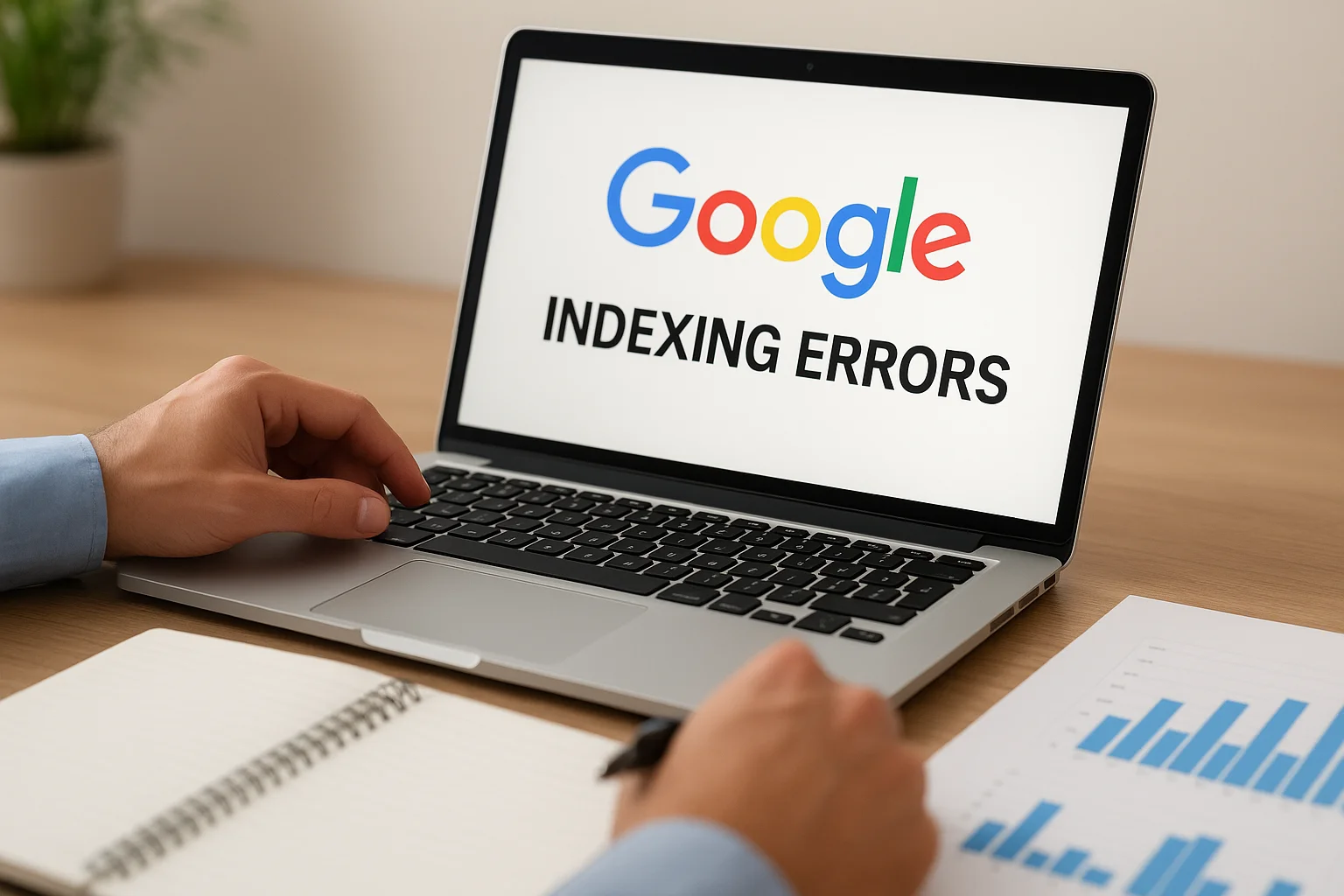
Quick Fixes for Google Indexing Errors
Struggling with Google indexing errors? This guide explores quick and practical fixes to help your pages appear in search results faster. Learn how to resolve common issues like “Crawled – Not Indexed,” blocked URLs, and duplicate content while ensuring your site remains fully optimized for long-term SEO success.

SEO Trends to Watch in 2025 for Startups
Discover the key SEO trends shaping 2025 and learn how startups can adapt to stay competitive. From AI-powered search and voice optimization to EEAT and zero-click results, this guide explores practical strategies to boost online visibility and long-term growth.

The Impact of Core Web Vitals on Rankings and Conversions
Core Web Vitals are key performance metrics that Google uses to measure user experience. They influence not only search engine rankings but also how visitors interact with your website. A fast, stable, and responsive site improves visibility, boosts engagement, and increases conversions. Understanding and optimizing these metrics is essential for businesses looking to grow online.

Local SEO for Small Projects: A Practical Guide
Local SEO is essential for small projects aiming to attract nearby customers. This guide covers practical strategies—from Google Business optimization and keyword research to managing reviews and local links—to help your business get noticed locally and grow effectively.
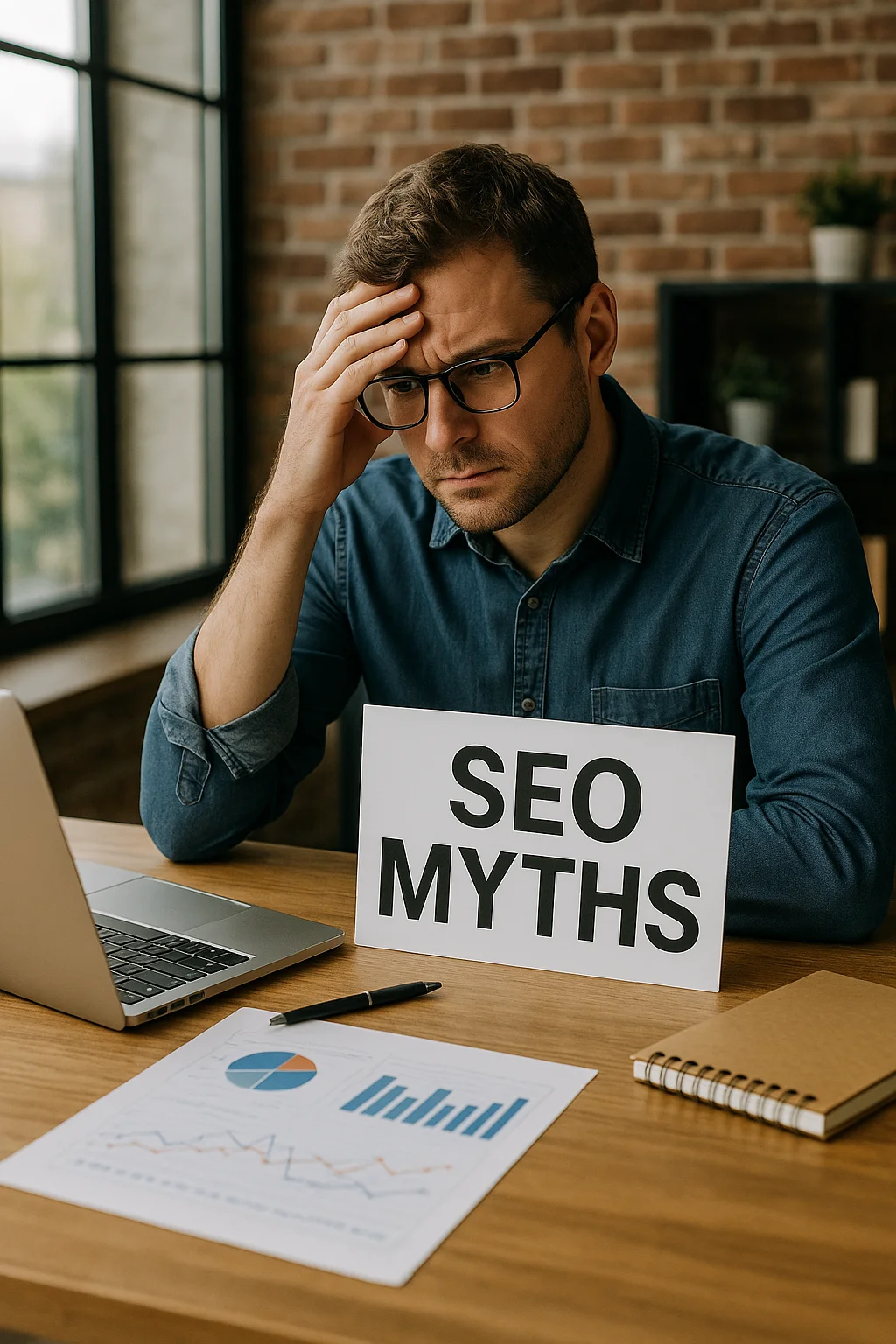
SEO Myths That Are Holding Back Your Project
Many businesses waste time on outdated SEO advice. From overvaluing keywords to chasing low-quality links, myths can stall your growth. This post debunks common SEO misconceptions and shows what strategies truly drive results.
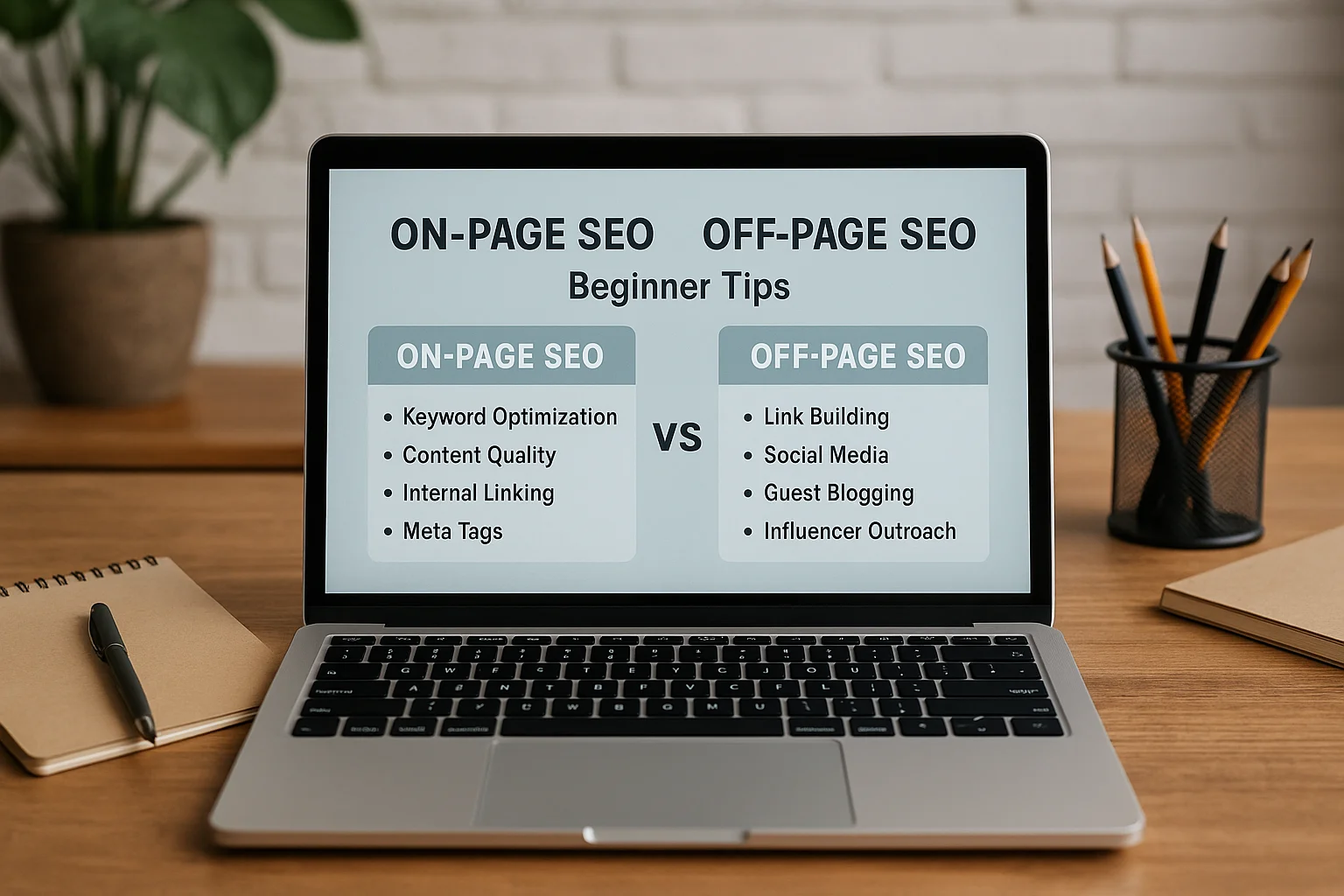
On-Page vs Off-Page SEO: A Beginner’s Guide
SEO can be confusing for beginners, but understanding the difference between On-Page and Off-Page SEO is essential. On-Page SEO focuses on optimizing your website’s content and structure, while Off-Page SEO builds authority through backlinks and online presence. This guide breaks down the basics to help you start improving your site’s search rankings today.
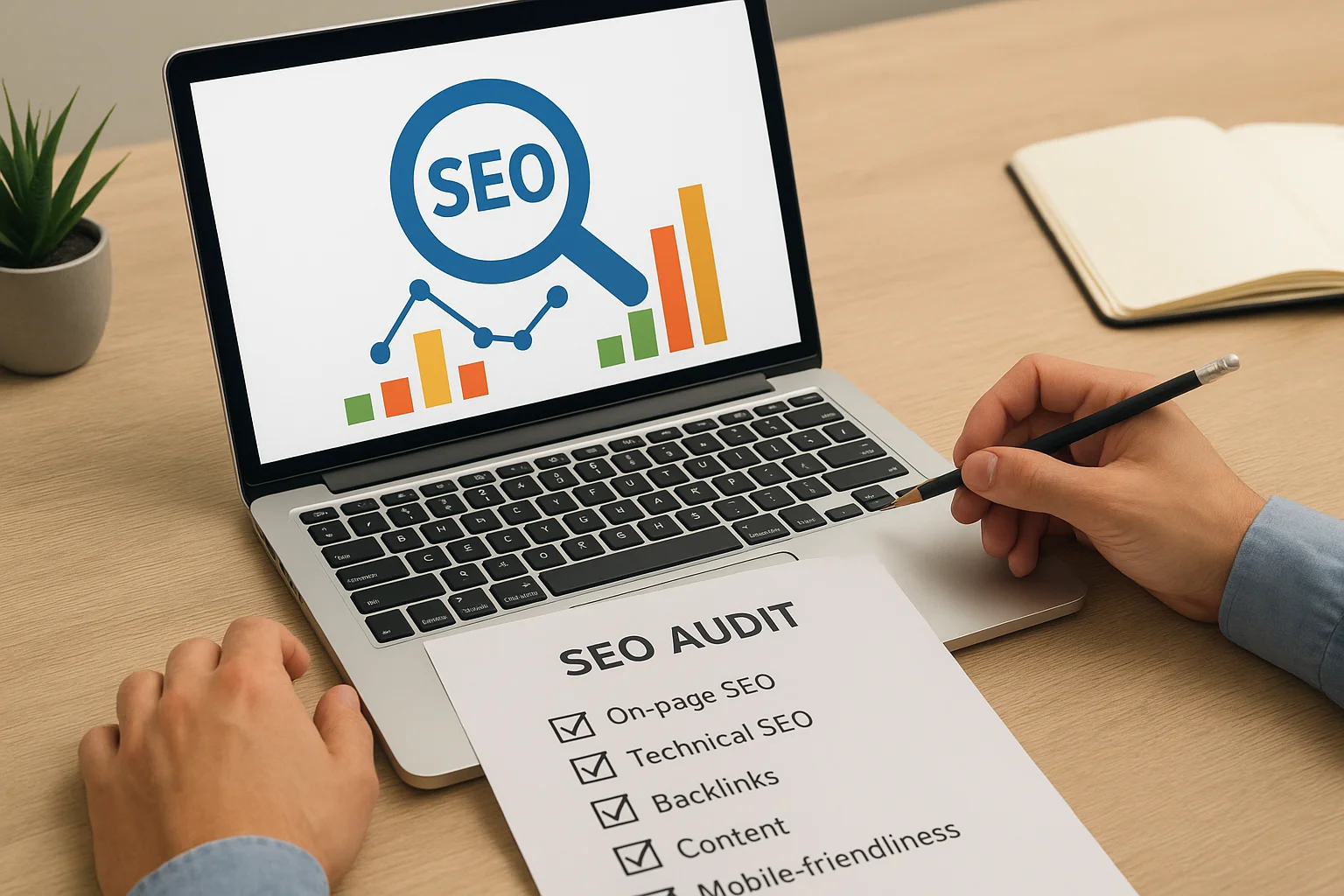
How to Perform a Simple SEO Audit for Your Website
Conducting an SEO audit doesn’t need to be complex. With a few simple steps, you can evaluate your site’s performance, uncover technical issues, optimize on-page elements, and strengthen your SEO strategy. This guide will walk you through the essential checks to ensure your website is both search engine and user-friendly.
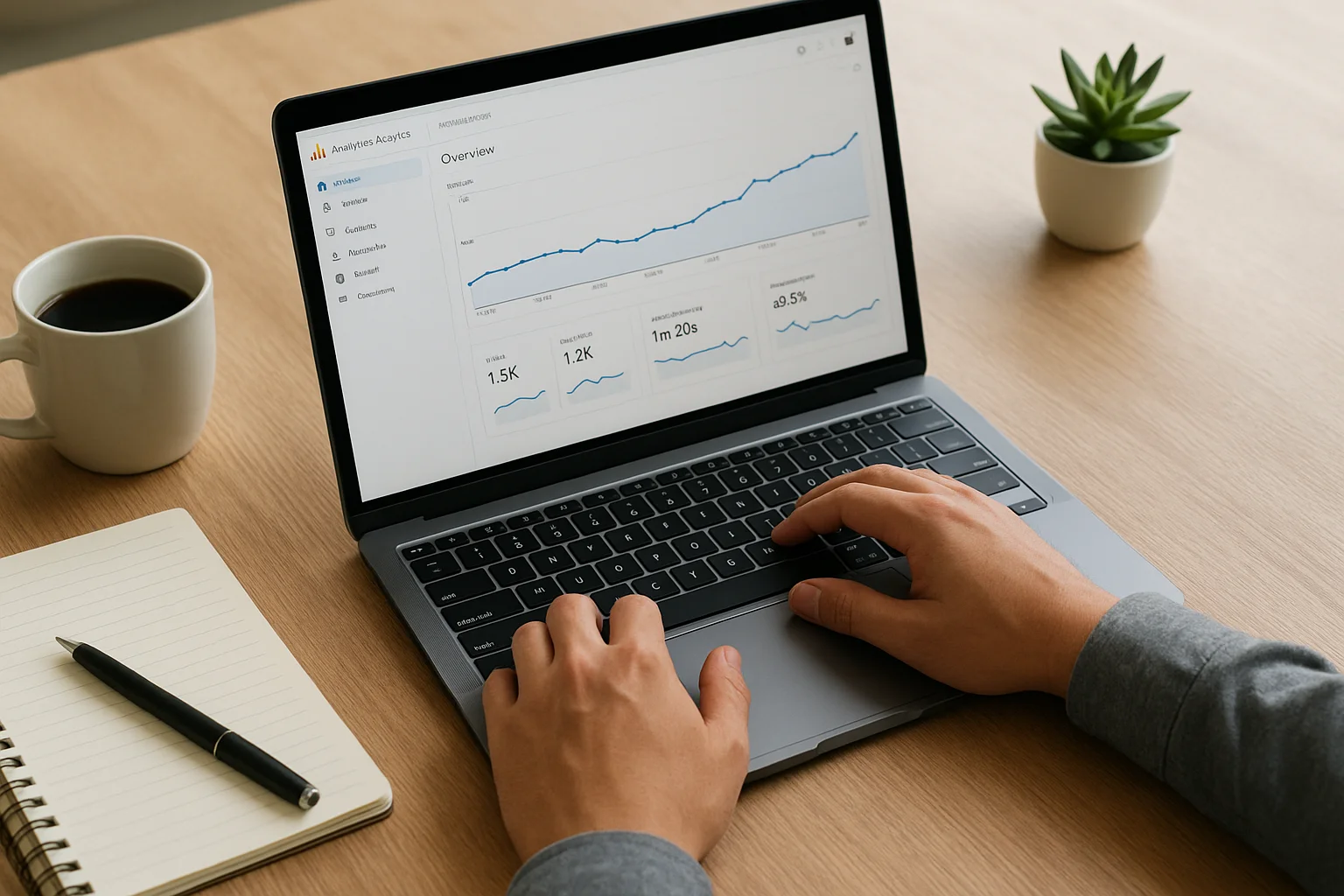
Using Google Analytics to Track SEO Performance
Google Analytics is a powerful tool to track and improve your SEO strategy. From monitoring organic traffic to analyzing user behavior and conversions, it provides insights to optimize your website and boost search engine performance. Learn the key metrics, reports, and tips to make data-driven SEO decisions.